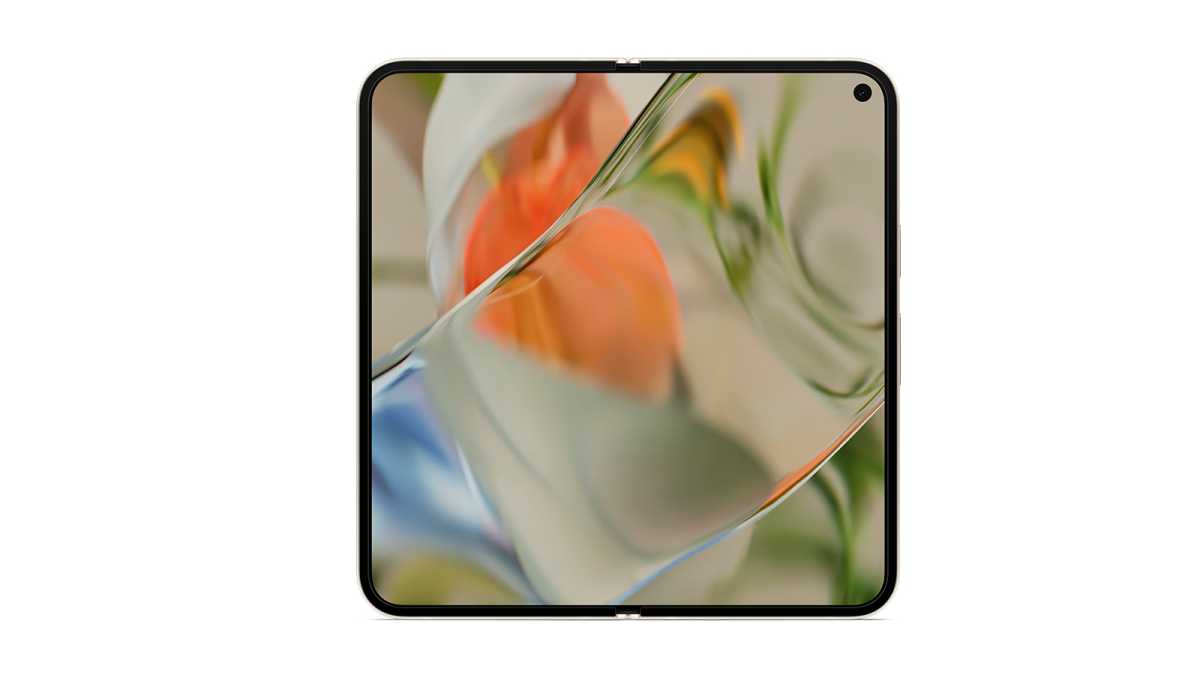Google’s new foldable is here, and it’s anything but a minor update.
Last year’s original Pixel Fold has been revamped and redesigned, with the newly-branded Pixel 9 Pro Fold very much part of the Pixel 9 family.
As a result of these changes, there’s one specific use case where I believe it will excel: gaming. Book-style foldables are a good choice for mobile gamers in general, but there are a few reasons why the Pixel 9 Pro Fold appears to be particularly well-suited.
However, one downgraded area is a cause for concern. Let’s run through each of them.
Display for days
The beauty of a book-style foldable is that you get both a regular smartphone and small tablet in one device. However, some models stretch the definition of what you might call a tablet, with internal screens that are barely bigger than the largest smartphones.
Not the Pixel 9 Pro Fold. At 8-inches, its internal display is the biggest of any foldable, and only slightly smaller than the 8.3-inch iPad Mini. And as an OLED with a high resolution (2076 x 2152) and 1-120Hz adaptive refresh rate, the Pixel 9 Pro Fold should be up there with the best mobile displays around.

For gaming on the go, this combination of size and quality should be a winning one. It’s certainly a nice upgrade compared to the original Pixel Fold’s 7.6-inch panel, while retaining its 6.3-inch outer screen.
A big performance leap
Like all the Pixel 9 devices, the Pro Fold is equipped with Google’s Tensor G4 chip.
Annual chipset upgrades are often relatively minor, but that’s not what Google is claiming. It says the Tensor G4 offers 20% faster web browsing and 17% faster app launching than the Tensor G3, with the gains compared to the original Pixel Fold’s Tensor G2 even more significant.
Will this translate to a big step forward for gaming performance? Alongside an increase in RAM (now 16GB instead of 12GB), it’s highly likely. The Pixel 9 Pro Fold should be much closer to Snapdragon 8 Gen 3 foldables such as the Samsung Galaxy Z Fold 6 in terms of performance, which can handle high-intensity titles with max graphics settings turned on.
Optimised games
The problem with most book-style foldables is their lack of optimised apps – including games. Most developers simply don’t design their apps to run on internal displays that vary in terms of style and shape.
But the Pixel 9 Pro Fold has six leading titles that have been specifically built for the internal screen. If you’re a fan of Disney Speedstorm, Asphalt Unite, Dungeon Hunter 5, Modern Combat 5, NBA Infinite or League of Legends: Wild Rift, you can look forward to a great experience.
Even if none of those appeal to you, the 9 Pro Fold’s tablet-like display makes it much more likely that a game will run smoothly than most other foldables.

But what about battery life?
Gaming is known to be one of the most demanding things you can do on any smartphone, so you need a battery that’s up to the task.
Unfortunately, Google has decided to make the battery capacity on the Pixel 9 Pro Fold smaller – it’s now a 4650mAh cell, down from 4800mAh on the original Fold.
Given that device struggled at times with battery life, it may still be one of the main reasons mobile gamers don’t buy the device. Essentially, if you plan on gaming for an hour or more per day, it might not last you until bedtime.
You do now get faster 45W charging, but it’ll be no substitute for sub-par battery life.
Of course, the other big barrier to purchase is the price. The Pixel 9 Pro Fold costs £1,799 in the UK, which is £50 more expensive than the original Pixel Fold.
But if you have the money to spend, and can see the Pixel 9 Pro Fold becoming your main smartphone, it looks set to be an excellent choice for gaming.
Look out for our full review of the Pixel 9 Pro Fold soon. In the meantime, see our guide to the best folding phones to see what it’ll be up against.

